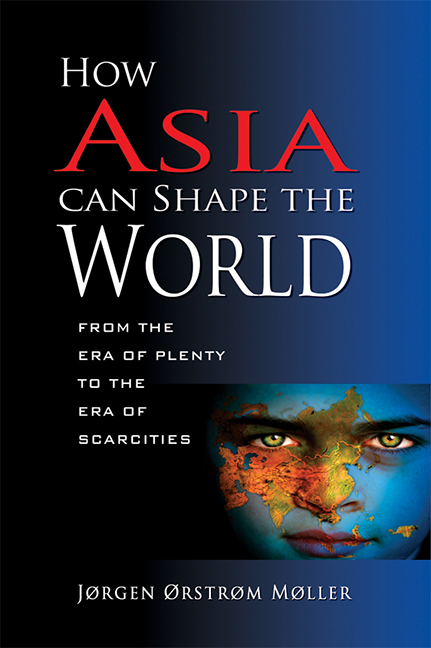Appendix 1 - Perceptions of Asia and Its Future from 1945 to 2008
from APPENDICES
Published online by Cambridge University Press: 21 October 2015
Summary
HISTORICAL ANALYSES
The literature about Asia, its economic rise, and the prospects for the future is vast. In this appendix an attempt will be made to look at some of the many works published to give an idea of the many perceptions and thoughts put forward by various writers and institutions.
Over the last half decade, Asia has turned poverty and a dismal economic outlook to an economic miracle and is now generally looked upon as the new economic superpower, although discrepancies in internal living standards have grown.
This warrants two questions: how did it happen and how solid are the prospects for the prediction that the twenty-first century is Asia's century?
It is said that some years after the end of World War II, economists predicted that Burma, Indonesia, the Philippines, and Vietnam would emerge as winners among the Asian nations to sport strong and viable economies. The basis for this prediction was their endowment with rich resources. It completely missed the industrialization of Asia, propelling nations short of resources such as Singapore, Japan, and Korea, with Hong Kong and Taiwan, to the forefront. This is a classic example of making predictions by extending existing curves, without considering the possibility of abrupt changes forcing the curves to bend.
In 1968 Gunnar Myrdal published Asian Drama — An Inquiry into the Poverty of Nations. Myrdal saw two dramas unfolding in Asia: (a) modern ideals confronting the traditional and (b) different economic models being offered to the populations. Its greatest value was to link various trends in a coherent framework not confining itself to a purely economic or sociological study. The book comes in three volumes, and social and sociological issues dwarf the number of pages analysing economics. Myrdal wrote in the mid- 1960s, but many of the issues he evokes are still with us. Chapters on the relation of modernization ideals to other values, such as inequality, equality and democracy, corruption, investment in man, health, education, the school system, to mention the most interesting ones, also figure on the agenda forty years later, and Myrdal's observations still give food for thought although they are in many respects outdated. What is not outdated, however, is his approach, which deviates from pure economics.
- Type
- Chapter
- Information
- How Asia Can Shape the WorldFrom the Era of Plenty to the Era of Scarcities, pp. 507 - 519Publisher: ISEAS–Yusof Ishak InstitutePrint publication year: 2010



